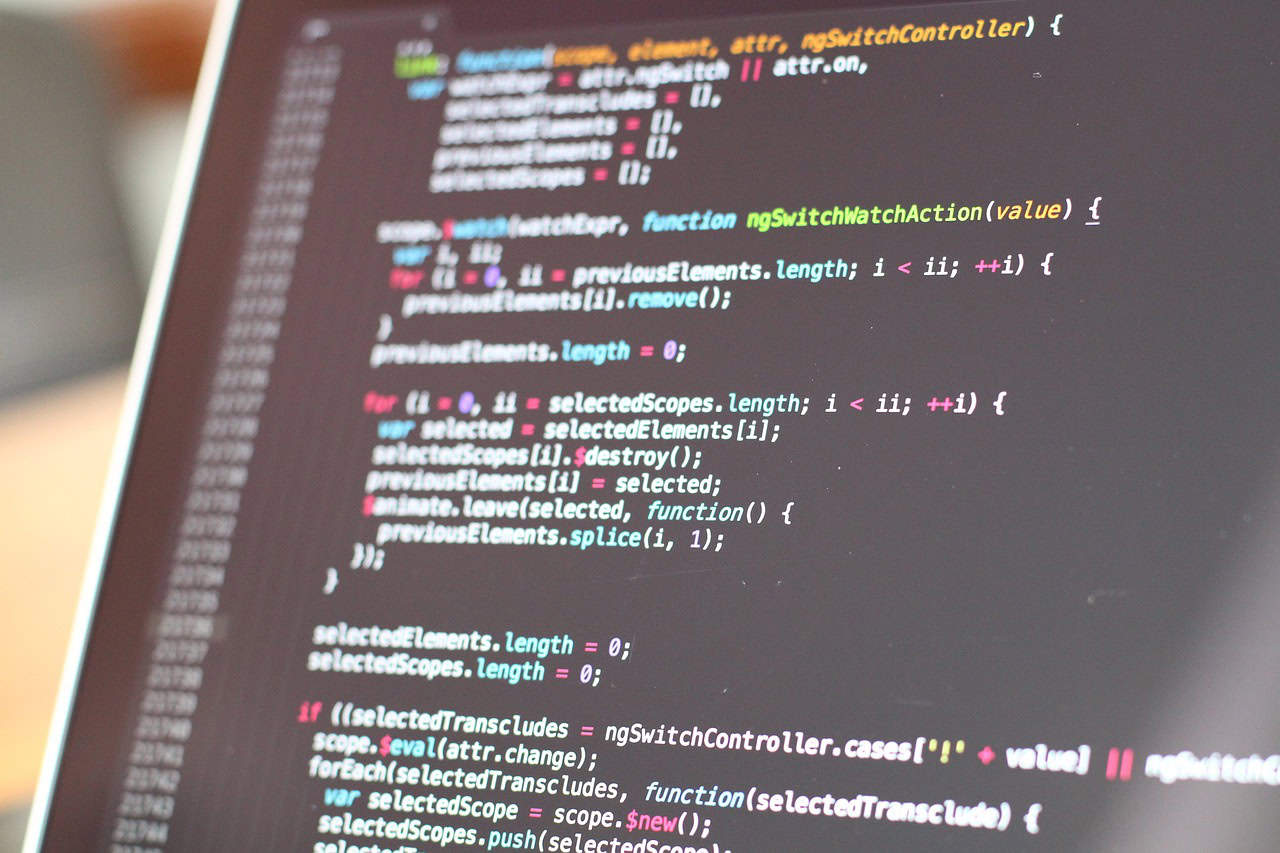Comprehensive Guide to Python Web Development for Beginners
Python web development is a versatile and popular approach to building websites and web applications. Known for its simplicity and readability, Python’s extensive ecosystem of frameworks and libraries makes it an ideal choice for developers of all skill levels. In this guide, we will explore the fundamentals of Python web development, delve into some of the best frameworks available, and share essential tips for beginners.
What is Python Web Development?
Python web development involves creating dynamic websites and applications using the Python programming language. It encompasses tasks such as writing server-side logic, managing data storage and retrieval, handling HTTP requests and responses, and rendering dynamic content.
Why Use Python for Web Development?
- Versatility: Python supports a range of applications, catering to developers from beginners to experts.
- Ecosystem: With a wide collection of libraries and frameworks like Django, Flask, and Pyramid, Python simplifies development tasks significantly.
- Speed: The clear syntax of Python enables quick and efficient coding.
- Community: A robust and active community offers a wealth of resources, documentation, and support.
Choosing a Web Framework
Django
Django is a powerful open-source framework that supports rapid development of complex web applications. Key features include:
- Integrated authentication system
- Dynamic URL routing
- Automatic admin interface
However, its comprehensive nature can lead to a steeper learning curve.
Flask
Flask is a lightweight framework ideal for small projects and rapid prototyping. Pros include:
- Simplicity and ease of use
- Minimal configuration required
Yet, it may require additional coding for more complex functionalities.
Pyramid
Pyramid is praised for its flexibility, accommodating both small and large applications. Its notable characteristics include:
- Customizable URL mapping
- Extensive documentation
The framework can be complex to configure, especially for beginners.
CherryPy
CherryPy offers a minimalist experience with built-in capabilities for various features, ideal for seasoned developers:
- Supports encoding, sessions, caching, and authentication
Its setup process may be complicated for new users.
Bottle
Bottle is perfect for small applications and prototyping. It is easy to use but lacks advanced features compared to larger frameworks like Django.
Setting Up Your Development Environment
- Install Python: Download and install Python from the official website.
- Choose a Framework: Based on your project needs and comfort level.
- Set Up a Virtual Environment: Use `virtualenv` or Python’s `venv` to create isolated environments for your projects.
Best Practices for Python Web Development
- Testing and Debugging: Implement frameworks like `pytest` and `unittest` to ensure code reliability.
- Deployment: Utilize containerization (e.g., Docker) and cloud platforms (e.g., AWS, Google Cloud) for deploying applications.
- API Design: Consider using Flask or Django for designing robust APIs.
- Documentation: Maintain clear documentation with tools like Sphinx for better code maintainability.
Learning Resources
- Official Documentation: The go-to resource for all things Python.
- Tutorials and Courses:
Conclusion
Python remains a premier choice for web development, offering flexibility, a comprehensive ecosystem, and ease of use. Whether you select Django for powerful features or Flask for simplicity, Python encompasses a range of frameworks to facilitate the creation of dynamic and scalable web applications. By adhering to best practices and utilizing available resources, you can embark on your journey to mastering Python web development. For further reading, check out our articles on Mastering Python Web Development and Unlock the Secrets of Python Web Development.
Additional Tips for Beginners
- Start with Flask for quicker familiarity in web development.
- Use virtual environments to manage dependencies.
- Regularly practice building small projects.
- Engage in community forums like Reddit’s r/learnpython and Stack Overflow.
By following these strategies and immersing yourself in the resources available, you’ll be set on the path to becoming a proficient Python web developer. Happy coding!
Projects and Applications in Python Web Development
Key Projects
- Blog Website: Build a simple blogging platform using Django, allowing users to create, edit, and delete posts.
- To-Do List Application: Create a straightforward to-do list app with Flask where users can add, update, and delete tasks.
- E-commerce Store: Develop a full-fledged e-commerce site using Django or Flask with user authentication and payment integration.
- RESTful API: Create a RESTful API using Django REST framework to serve data for a mobile or web application.
Python Code Examples
Blog Website Using Django
from django.db import models
class Post(models.Model):
title = models.CharField(max_length=100)
content = models.TextField()
created_at = models.DateTimeField(auto_now_add=True)
def __str__(self):
return self.title
To-Do List Application Using Flask
from flask import Flask, render_template, request, redirect
app = Flask(__name__)
tasks = []
@app.route('/')
def index():
return render_template('index.html', tasks=tasks)
@app.route('/add', methods=['POST'])
def add_task():
task = request.form.get('task')
if task:
tasks.append(task)
return redirect('/')
if __name__ == '__main__':
app.run(debug=True)
Real-World Applications
Python web development can be applied in numerous fields including:
- Content Management Systems: Platforms like WordPress can be developed using Django.
- E-commerce Solutions: Developing online stores that handle product listings, payments, and user accounts.
- Data Visualization Dashboards: Using Flask to create interactive dashboards that display data analytics for businesses.
- Social Networks: Building community-driven sites where users can interact, post content, and connect.
Next Steps
As you continue your journey in Python web development, consider diving deeper into one of the frameworks mentioned in this guide.
You can start by building a simple web application using Flask for a hands-on experience with a lightweight framework.
Additionally, exploring Django could provide insights into constructing more complex projects with built-in features.
Don’t forget to check out resources such as BrowserStack’s Web Development Guide in Python for more detailed tutorials and best practices.
Regularly practicing by engaging in small projects will reinforce your skills and help you apply what you’ve learned.
Finally, becoming an active participant in online communities like Reddit’s r/learnpython can assist in overcoming challenges and expanding your network.
